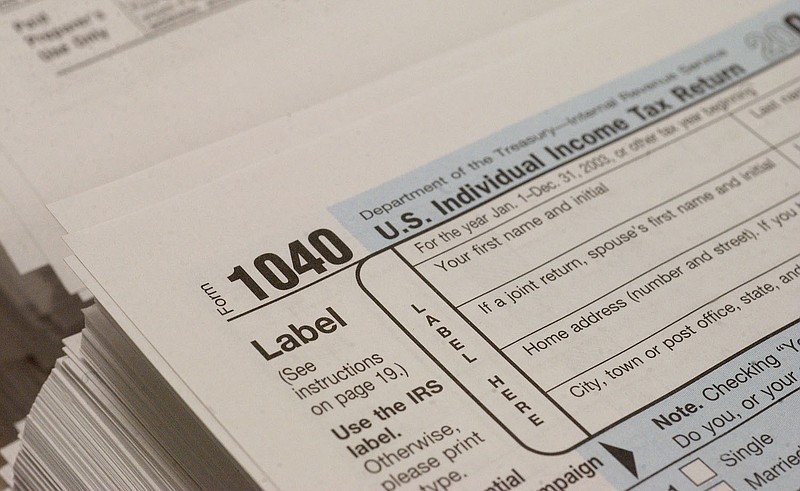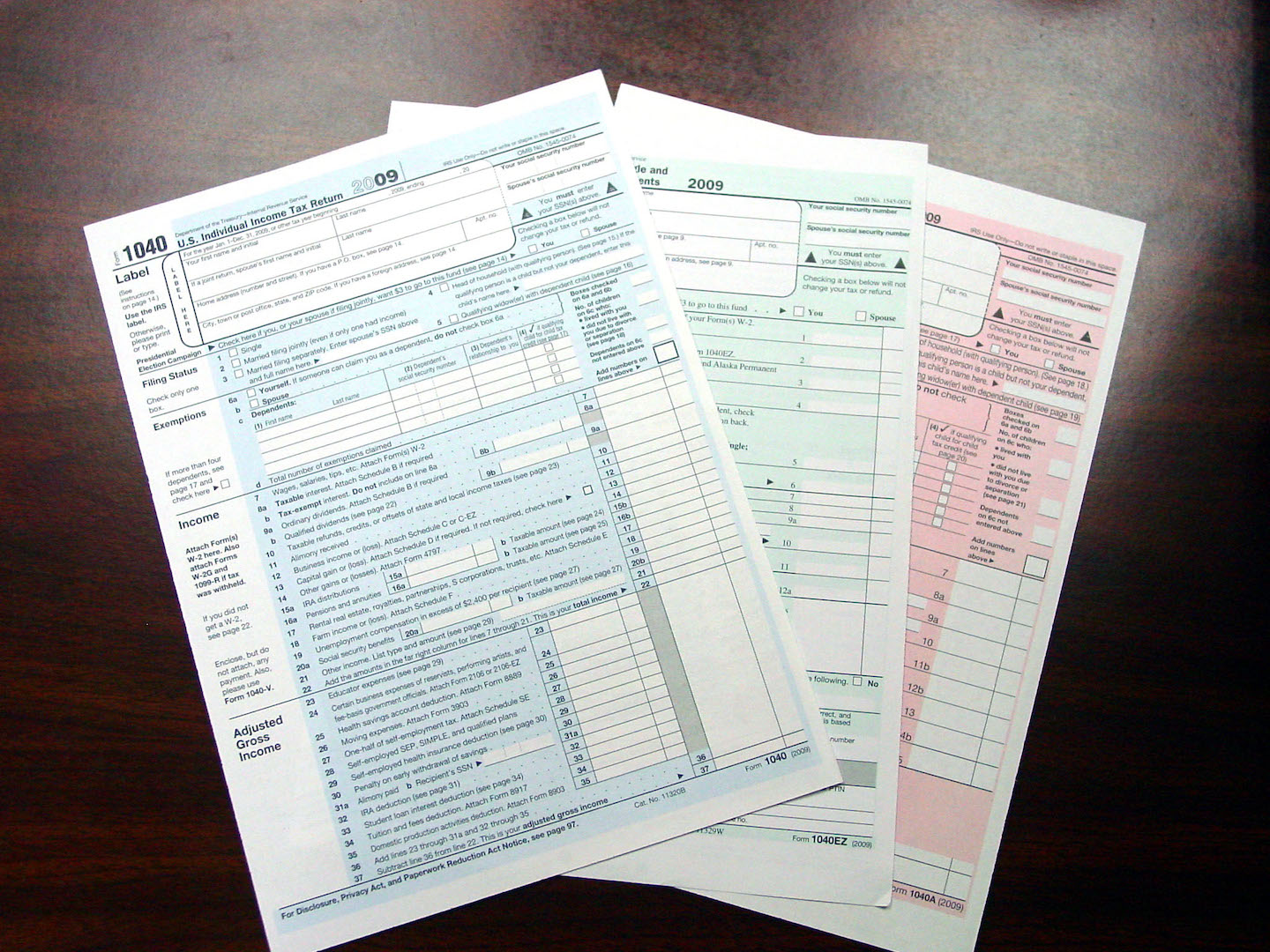The relief package Congress adopted to ease the economic strain of the COVID-19 pandemic last year advanced child tax credits and offered a host of stimulus payments and loans for individuals. The measures helped boost the economic recovery last year, but they may complicate the filing of 2021 tax returns this year.
Unlike the past two years, when COVID-19 pushed back the traditional April 15 filing deadline, the Internal Revenue Service has returned to its traditional mid-April deadline this spring for tax returns to be filed. But even with a more normal tax season again this year, tax breaks granted in the American Rescue Plan last year continue to cause extra work for the IRS and many taxpayers.
The advanced payments of the child tax credit received during 2021 must be reflected on tax returns, and people who were eligible for March's $1,400 economic stimulus payment but didn't receive it can claim it on their returns.
In December, the IRS said it was still working through a backlog of claims for the credits and other paperwork, which may cause complications when filing this year's tax return.
"Tax preparers may face their most grueling tax season to date," says Samantha Strong of the National of Association of Tax Preparers.
As part of its American Rescue Plan, Congress temporarily boosted the child tax credit from $2,000 a year per child up to as much as $3,600 a year per child and raised the age limit for the credit from 16 to 17 years old, To expedite the relief last year, the U.S. Treasury began paying half of the child tax credit in advance for about 61 million children. Checks providing the tax credit were mailed to most eligible families, starting July 15, to pay the tax credit earlier to help pump up the economy last year. All working families will get the full credit if they make up to $150,000 for a couple or $112,500 for a family with a single parent.
"The child tax credit will help all families succeed," President Joe Biden said in signing the law last year.
The IRS in late January sent statements to millions of Americans who got the monthly payments for the child tax credit in the last half of 2021. The letters, known as IRS Letter 6419, tell how much each taxpayer's family got from the advance payment of the child tax credit. To claim the other half of the child tax credits, taxpayers must enter information from the IRS statement on their federal tax returns.
Stimulus payment claims
Last year, a third round of stimulus payments was distributed as part of the $1.9 trillion American Rescue Plan, signed into law in March 2021. Starting last spring, millions of Americans and their dependent children were sent up to $1,400 each. By last July, the IRS had sent more than 171 million payments to Americans totaling $400 billion.
For those who didn't receive the stimulus payments or got less than what they were eligible for, they can claim the money on their 2021 tax return by using the Recovery Rebate Credit.
"If you're eligible, you'll need to file a 2021 tax return, even if you don't usually file a tax return," the IRS said in a statement in January.
Last year, nearly 77% of the 163.7 million tax returns processed by the Internal Revenue Service got refunds, which averaged $2,549 per tax return. More than 90% are filed electronically and the majority of tax filers take the standard deduction, which has nearly doubled since Congress adopted the Tax Cuts and Jobs Act in 2018.
The standard deduction is a preset amount that tax filers are allowed to deduct from their taxable income each year. The amount is indexed to inflation each year.
The standard deduction for married couples filing jointly for the tax year 2021 rises to $25,100, up $300 from the prior year. For single taxpayers and married individuals filing separately, the standard deduction rises to $12,550 for 2021, up $150, and for heads of households, the standard deduction will be $18,800 for tax year 2021, up $150.
For 2021 taxes, the standard deduction is $12,550 for singles ($12,950 for 2022), $18,800 for heads of household ($19,400 for 2022) and $25,100 for married filing jointly taxpayers ($25,900 for 2022).
For tax year 2021, the top tax rate remains 37% for individual single taxpayers with incomes greater than $523,600 ($628,300 for married couples filing jointly). The other rates are:
* 35%, for incomes over $209,425 ($418,850 for married couples filing jointly);
* 32% for incomes over $164,925 ($329,850 for married couples filing jointly);
* 24% for incomes over $86,375 ($172,750 for married couples filing jointly);
* 22% for incomes over $40,525 ($81,050 for married couples filing jointly);
* 12% for incomes over $9,950 ($19,900 for married couples filing jointly).
The lowest rate is 10% for incomes of single individuals with incomes of $9,950 or less ($19,900 for married couples filing jointly).
READ MORE
* Chattanooga business owners got a lifeline from pandemic aid, but remain cautious
* Chattanooga-area property value spike was a Hamilton County record
* The payout: Online sports betting takes off and pays off in Tennessee
* Trends, timing drive retirement moves for some in the Chattanooga area

